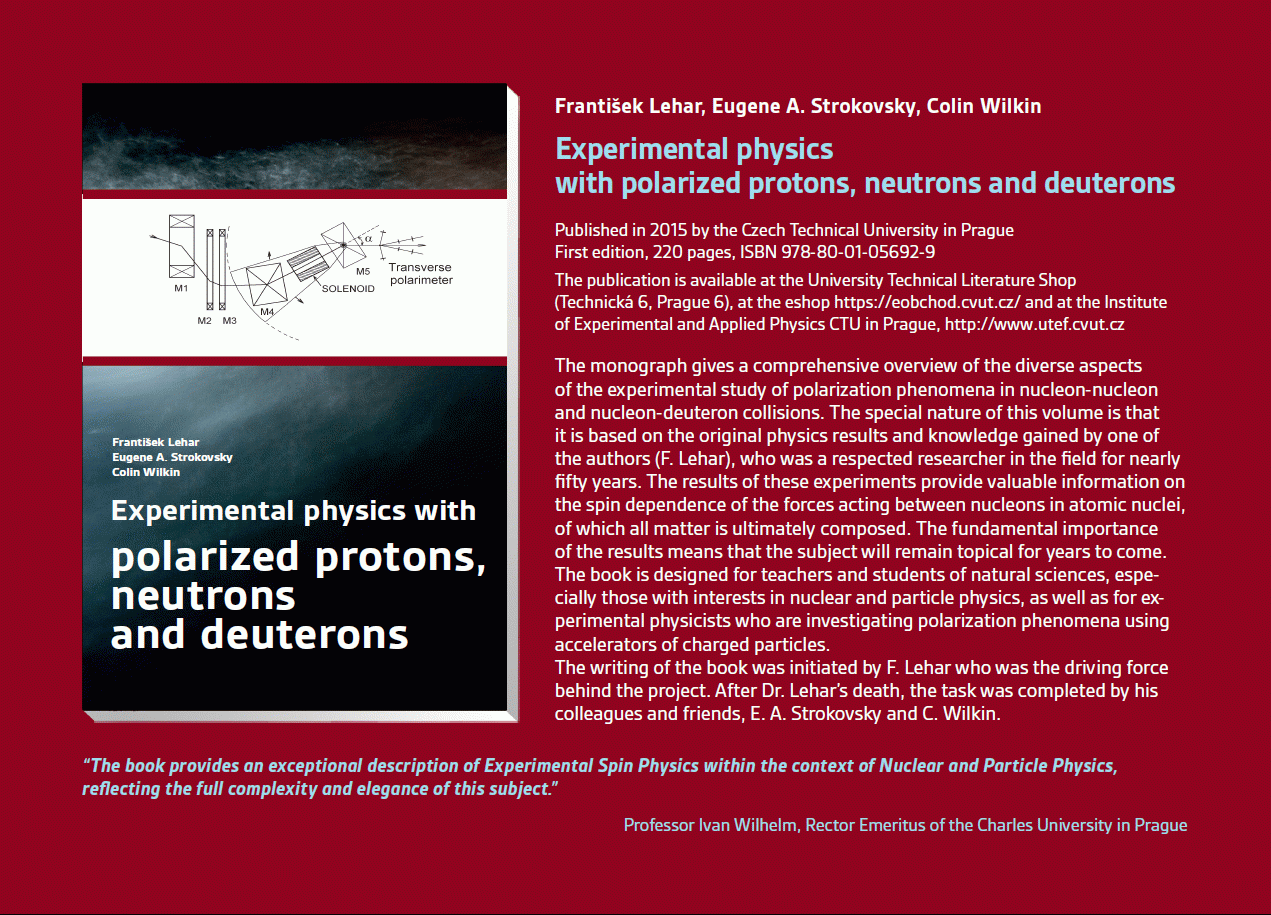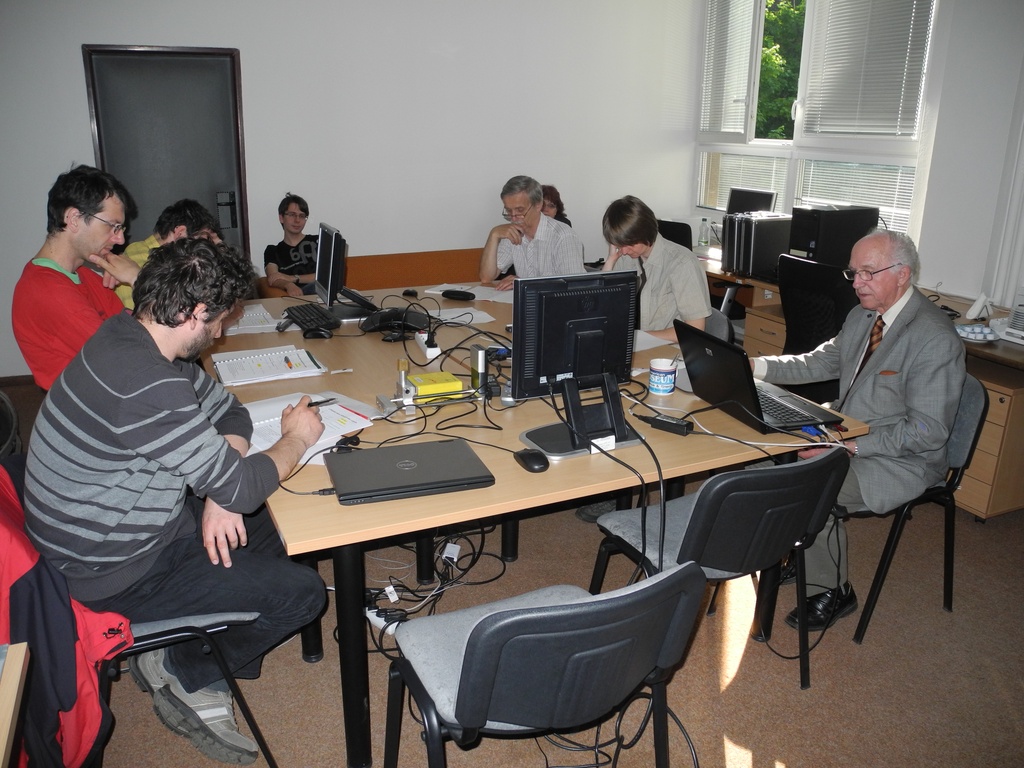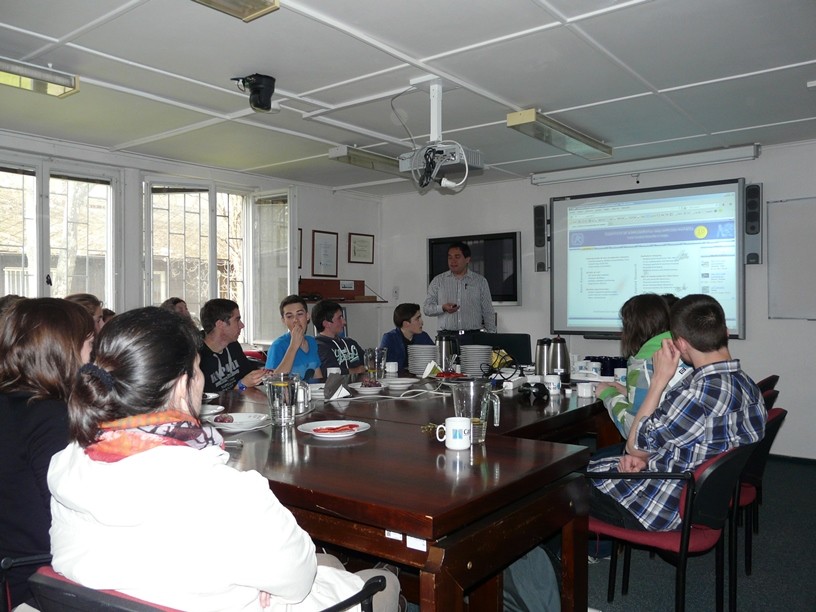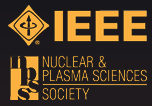Publikace
> Články v impaktovaných časopisech
> 'Performance of Slow Neutron Pixel Detector'
Performance of Slow Neutron Pixel Detector
Autor
| Uher Josef, Ing. | UTEF |
| Holý Tomáš, Ing. | UTEF |
| Jakůbek Jan, Ing. PhD. | UTEF |
| Lehmann Eberhart | Paul Scherrer Institute, Villigen, Switzerland |
| Pospíšil Stanislav, DrSc. Ing. | UTEF |
| Vacík Jiří, Ing., CSc. | ÚJF AV ČR |
Rok
2005
Časopis
NIM A Vol. 542, pages 283-287
Web
Obsah
Semiconductor pixel radiation detector systems have recently made significant progress achieving excellent spatial
resolution, high sensitivity, wide dynamic range and low noise. The hybrid silicon pixel device ofMedipix type
developed at CERN was originally designed for position sensitive single X-ray photon detection. We have adapted this
device to a position sensitive detector ofslow neutrons by covering the detector surface with a 6LiF neutron converter.
Neutrons are converted to tritons and alpha particles which are subsequently detected by the silicon pixel detector. The
basic parameters ofsuch a pixel neutron sensitive device were investigated using thermal neutron beams. Tests for
neutron imaging applications and comparison with currently used devices for neutron radiography (CCD camera with
scintillator, imaging plates) were performed. The aim of this article is to demonstrate the exceptional good spatial
resolution for neutrons (up to 8.5 lp/mm in the case of Medipix-2 option), reasonable neutron detection efficiency with
very low sensitivity to background gamma radiation, low noise, perfect linearity and wide dynamic range. Results and
future prospects are presented in this article.
Projekty
Příklad citace článku:
J. Uher, T. Holý, J. Jakůbek, E. Lehmann, S. Pospíšil, J. Vacík, "Performance of Slow Neutron Pixel Detector", NIM A Vol. 542, pages 283-287 (2005)
Hledat
Události
21.-22. 11. 2014
Seattle, USA
8-15 Nov 2014
Surrey, Velká Británie
8. září 2014
9. září 2014
24. 4. 2014
3. 4. 2014
Seoul, Korea
27 Oct - 2 Nov 2013
Paris
23-27 June 2013
Anaheim, USA
29 Oct - 3 Nov 2012






 Experimental physics
with polarized protons, neutrons and deuterons
Experimental physics
with polarized protons, neutrons and deuterons Progresivní detekční metody ve výuce subatomové a částicové fyziky
na ZŠ a SŠ
Progresivní detekční metody ve výuce subatomové a částicové fyziky
na ZŠ a SŠ NSS MIC IEEE Conference
NSS MIC IEEE Conference Konference SEPnet, CERN@school
Konference SEPnet, CERN@school Lovci záhad - spolupráce ČT a ÚTEF
Lovci záhad - spolupráce ČT a ÚTEF Progresivní detekční metody ve výuce subatomové a částicové fyziky na ZŠ a SŠ
Progresivní detekční metody ve výuce subatomové a částicové fyziky na ZŠ a SŠ Návštěva v rámci projektu „Listening to the universe by detection cosmic rays“
Návštěva v rámci projektu „Listening to the universe by detection cosmic rays“ NSS MIC IEEE Conference
NSS MIC IEEE Conference 15thIWORID
15thIWORID NSS MIC IEEE Conference
NSS MIC IEEE Conference